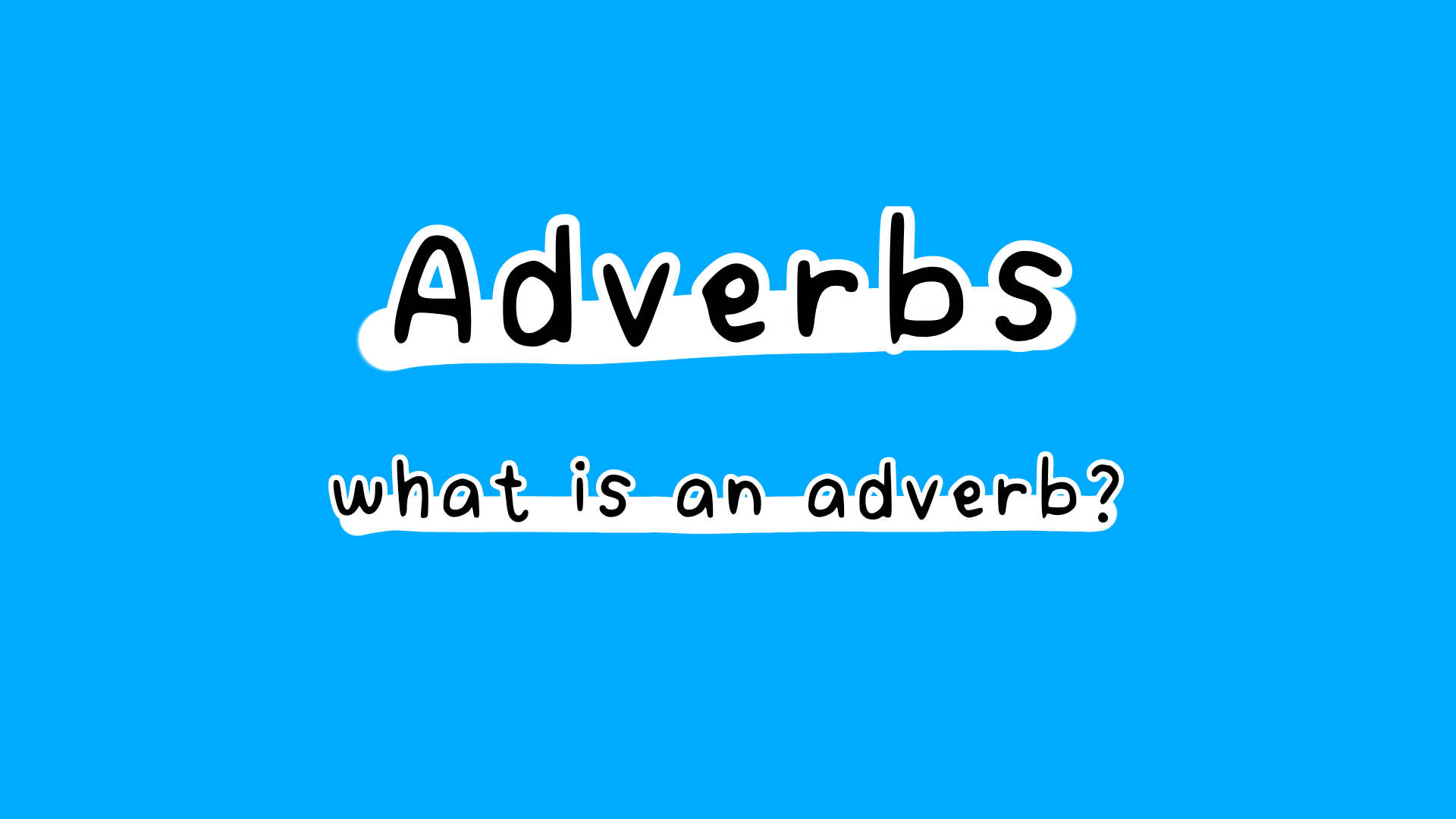Adverbs are words that modify verbs, adjectives, or other adverbs, providing additional information about how, when, where, or to what extent something happens. They play a crucial role in providing clarity and detail to our sentences. By understanding the different types of adverbs and their usage, you can enhance your writing and speaking skills.
What do Adverbs do?
- Describe Verbs:
He ran quickly.
We will meet tomorrow.
They studied hard to pass the exam.
- Describe Adjectives:
The weather is Extremely hot.
The exam was incredibly difficult.
She is very happy.
- Describe Other Adverbs:
She walks Too slowly.
he finished his homework quite quickly.
I solved the puzzle very easily.
Types of Adverbs
Adverbs can be categorized into several types based on what they modify:
Adverbs of Manner (How?)
These adverbs describe how an action is performed. Some common adverbs of manner include : quickly, slowly, carefully, loudly, beautifully
examples :
She drove carefully to avoid accidents.
We spoke softly during the presentation.
Adverbs of Time (When?)
These adverbs indicate when something happens. Some common adverbs of time include : today, yesterday, now, soon, tomorrow, later
examples :
We will meet tomorrow.
They arrived late today.
Adverbs of Place (Where?)
These adverbs describe where an action takes place. Some common adverbs of place include : here, there, everywhere, nearby, outside
examples :
The kids are playing outside.
The flowers are blooming everywhere this spring.
Adverbs of Frequency (How often?)
These adverbs describe how often an action occurs. Some common adverbs of frequency include : always, often, sometimes, rarely, never
examples :
We always have dinner together.
He often visits his family.
Adverbs of Degree (To what extent?)
These adverbs indicate the intensity or degree of an action, an adjective, or another adverb. Some common adverbs of degree include : very, too, quite, almost, extremely
examples :
I am very excited about the party.
He was too tired to continue.
Placement of Adverbs
Adverbs can be placed in different parts of a sentence, depending on what they modify:
- Adverbs of Manner, Place, and Time often come after the main verb or at the end of the sentence.
She is here now.
He speaks loudly.
- Adverbs of Degree can be placed before the adjective or adverb they modify.
They are very talented.
She runs extremely fast.
- Adverbs of Frequency usually come before the main verb but after the verb “to be”.
We often go to the library.
I always eat breakfast.

